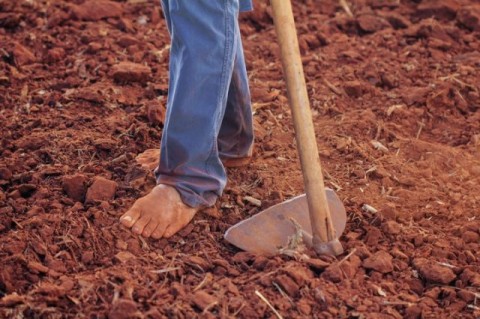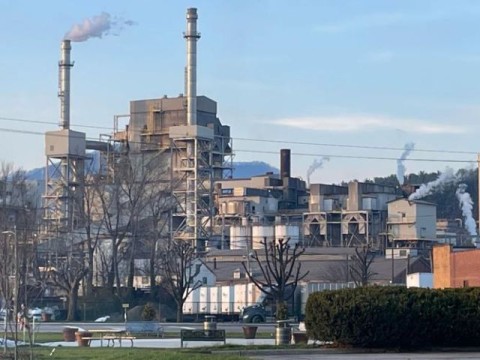Latest News
- NCDA&CS Lifts isolation of HPAI-Positive Dairy Herd Negative Test
- Man Arrested for Assault on Employee
- Maggie Valley Arts & Crafts Festivals!
- Two People Face Drug Charges in Rutherfordton County
- Asheville Police Arrest Man in Weekend Shooting

 WNCTIMES
Serving The Citizens of Western North Carolina Since 1995
WNCTIMES
Serving The Citizens of Western North Carolina Since 1995 Print Me an Organ: Why are we not there yet?
December 11, 2019 Source: Singapore University of Technology and Design
Summary:
A new review looks at the likelihood of 3D printed organs and analyzes recent accomplishments, limitations and opportunities for future research.
3D bioprinting is a highly-advanced manufacturing platform that allows for the printing of tissue, and eventually vital organs, from cells. This could open a new world of possibilities for the medical field, while directly benefiting patients who need replacement organs.
Instead of waiting for a suitable donor or having the risk of their body rejecting a transplanted organ, 3D printed organs allow patients to have a customised organ fabricated specifically to replace their faulty ones. However, even with headway that 3D bioprinting has made in the last two decades, it is still lacking significant strides in order to produce complex 3D biomimetic tissue constructs.
According to researchers from the Singapore University of Technology and Design (SUTD), Nanyang Technological University (NTU) and Asia University, tissue culture techniques in particular require accelerated progress to address the bottleneck of maturing bioprinted multi-cellular 3D tissue constructs into functional tissues. Their research paper entitled "Print me an organ! Why are we not there yet?" has been published in the Progress in Polymer Science. In the paper, researchers also provided in-depth review of recent improvements and analysed the bioprinting techniques, progress in bio-ink development, implementation of new bioprinting and tissue maturation strategies.
Special attention was also given to the role of polymer science and how it complemented 3D bioprinting to overcome some of the major impediments such as achieving biomimicry, vascularization and 3D anatomically-relevant biological structures, in the field of organ printing (refer to image). The use of complementary strategies such as dynamic co-culture perfusion system was seen as critical towards ensuring maturation and assembly of bioprinted tissue constructs.
Even though it is now possible to fabricate human-scale tissues or organs that can potentially mature into vascularized and partially-functional tissues, the industry is still lagging behind in the bioprinting of human-specific tissues or organs due to the complexities in tissue-specific extracellular matrices (ECM) and tissue maturation process -- the lack of suitable co-culture medium to support multiple types of cells and the need for further tissue conditioning prior to implantation. "While 3D bioprinting is still in its early stages, the remarkable leap it has made in recent years points to the eventual reality of lab-grown, functional organs.
However, to push the frontiers of medicine we must overcome the technical challenges in creating tissue-specific bio-inks and optimizing the tissue maturation process. This will ultimately have a huge impact on patients' lives, many of whom may be reliant on the future of 3D bioprinting," said Professor Chua Chee Kai, lead author of the paper from SUTD.
Story Source: Materials provided by Singapore University of Technology and Design. Note: Content may be edited for style and length.
Journal Reference: Wei Long Ng, Chee Kai Chua, Yu-Fang Shen. Print Me An Organ! Why We Are Not There Yet. Progress in Polymer Science, 2019; 97: 101145 DOI: 10.1016/j.progpolymsci.2019.101145
Cite This Page: MLA
APA
Chicago
Singapore University of Technology and Design. "Print me an organ: Why are we not there yet?." ScienceDaily. ScienceDaily, 11 December 2019. <www.sciencedaily.com/releases/2019/12/191211082709.htm>.
When you subscribe to the blog, we will send you an e-mail when there are new updates on the site so you wouldn't miss them.
About the author
Artificial Intelligence: A Potential Solution for Communities Struggling with Job Loss
Communities that have lost major employers, such as factories or mines, often face significant economic and social challenges. The loss of these employers can result in high unemployment rates, ...
NC Homesteaders MEETUP Fletcher April 26, 2019
North Carolina Youtube Homesteaders MEETUP!When: April 26, 20195pm - 7pmWhere: Bill Moore Community Park (aka fletcher park)85 Howard Gap RoadFletcher, NC 29732 Justin's channel: https://bit.ly/...
 How to resolve AdBlock issue?
How to resolve AdBlock issue? 
